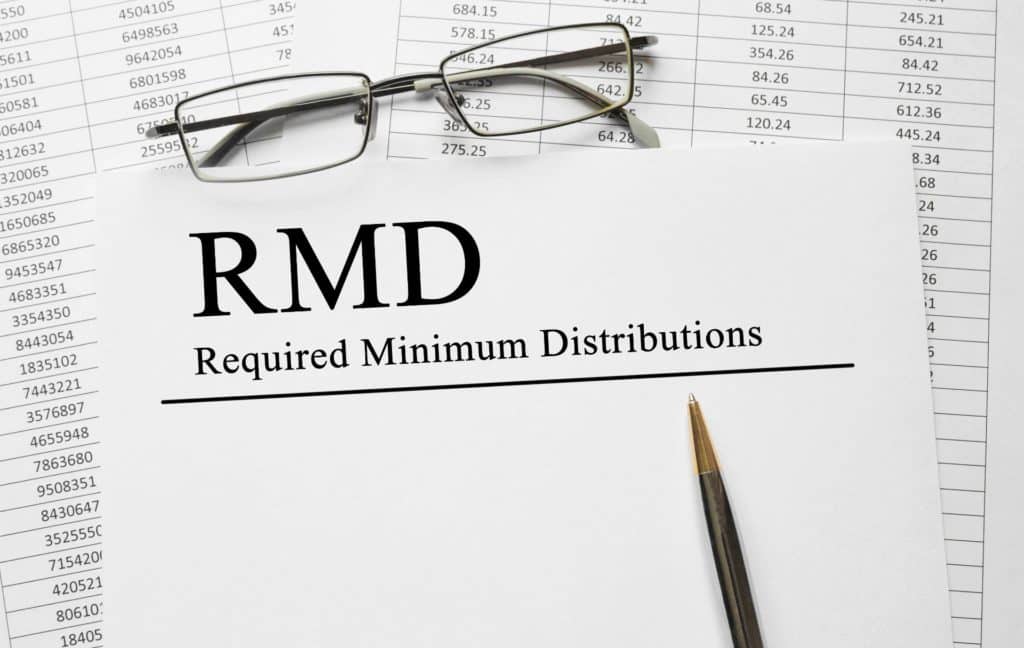Stretch IRA May be Disappearing Soon
If Congress gets its way, you’re going to lose the opportunity to help your children build wealth, and at the same time, they could end up in higher tax brackets for years.
Call us Anytime
Laurel, MD 20707
Downs Law Firm, P.C.
Home • Retirement Plans • Page 5
If Congress gets its way, you’re going to lose the opportunity to help your children build wealth, and at the same time, they could end up in higher tax brackets for years.

Once your money is in a retirement account, it’s there until you’re ready to use it, right? Not exactly.
Your estate plan isn’t finished just because your attorney has drawn up a will. Proper asset titling is the next step.

Transfer on death (TOD) accounts (also known as Totten trusts, in-trust-for accounts and payable-on-death accounts) allow spouses to pass small estates in a simple, convenient way.

You can achieve your money-life balance with savings strategies.

You may be surprised at how easy it is to make an expensive mistake with your beneficiary designations.

When it’s several decades away, you might categorize saving for retirement as a back-burner concern.
The question becomes, should they name a trust rather than an individual as a beneficiary of the IRA?

Preparing a will is one of the most important steps a parent can take to protect their family.

When you have finally decided to move from home to a senior retirement community that has levels of care—or when moving to a personal care/assisted living community—you and your family might not be in the mood to read legal agreements.